 EDITOR'S PICK
EDITOR'S PICK
The Mercedes-AMG GT XX Just Rewrote the EV Record Book
27 Aug 2025 | Synopsis
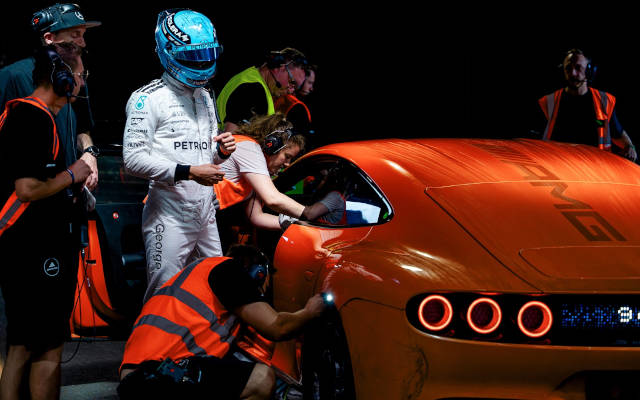 The Mercedes-AMG GT XX Concept EV achieved 25 performance records during an eight-day testing campaign at Italy's Nardo Ring. Two prototypes covered over 24,855 miles, with one achieving 3,404 miles in 24 hours. Equipped with an 850 kW DC fast charger, the GT XX gains 124 miles of range in 10 minutes. Powered by a 1,360 hp all-electric powertrain, the GT XX demonstrates Mercedes' dedication to pushing the boundaries of EV performance.
The Mercedes-AMG GT XX Concept EV achieved 25 performance records during an eight-day testing campaign at Italy's Nardo Ring. Two prototypes covered over 24,855 miles, with one achieving 3,404 miles in 24 hours. Equipped with an 850 kW DC fast charger, the GT XX gains 124 miles of range in 10 minutes. Powered by a 1,360 hp all-electric powertrain, the GT XX demonstrates Mercedes' dedication to pushing the boundaries of EV performance.Uber Trains and the Eurostar Green Benchmark
27 Aug 2025 | Synopsis
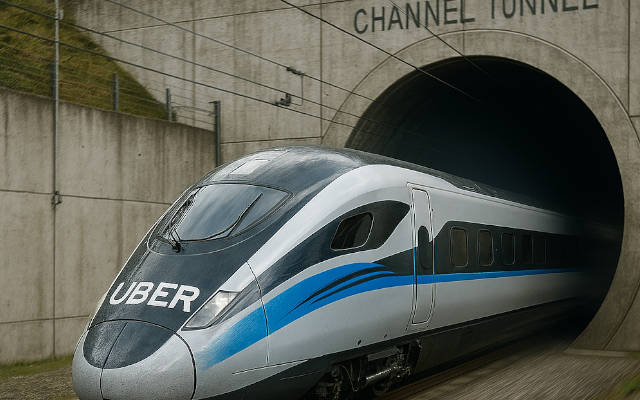 Eurostar aims to run on 100% renewable electricity by 2030, sourcing from wind, solar, storage, and low-carbon nuclear. Uber's planned train service is expected to follow suit as both rely on UK–EU grids. A London–Paris train trip emits just 2–11 kg CO₂e per passenger versus 50–120 kg by plane, while door-to-door times are comparable (3.5–4h by train vs. 4–5h by air). This makes high-speed rail both cleaner and faster city-centre to city-centre.
Eurostar aims to run on 100% renewable electricity by 2030, sourcing from wind, solar, storage, and low-carbon nuclear. Uber's planned train service is expected to follow suit as both rely on UK–EU grids. A London–Paris train trip emits just 2–11 kg CO₂e per passenger versus 50–120 kg by plane, while door-to-door times are comparable (3.5–4h by train vs. 4–5h by air). This makes high-speed rail both cleaner and faster city-centre to city-centre.2,959 HP BYD Yangwang U9 Electric Hypercar Sets New EV Speed Record
27 Aug 2025 | Synopsis
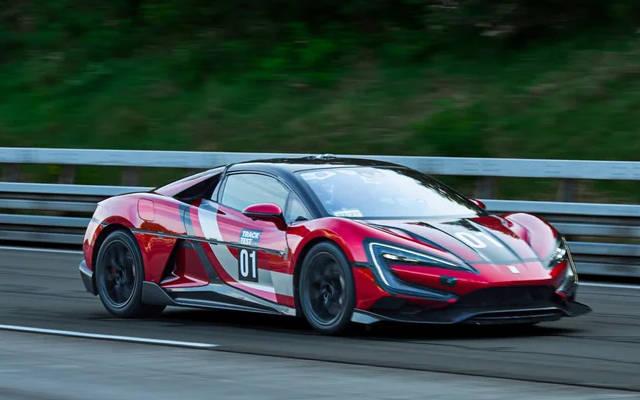 The BYD Yangwang U9, a high-performance electric vehicle, boasts an impressive 2,959 horsepower. It is capable of reaching a top speed of 293 mph, positioning itself as a leader in electric vehicle speed. This vehicle is part of BYD's luxury brand, Yangwang, and reflects the company's ambitions to compete in the high-end EV market. The U9 is set to challenge both traditional performance cars and newer electric supercars, offering cutting-edge technology and incredible power.
The BYD Yangwang U9, a high-performance electric vehicle, boasts an impressive 2,959 horsepower. It is capable of reaching a top speed of 293 mph, positioning itself as a leader in electric vehicle speed. This vehicle is part of BYD's luxury brand, Yangwang, and reflects the company's ambitions to compete in the high-end EV market. The U9 is set to challenge both traditional performance cars and newer electric supercars, offering cutting-edge technology and incredible power.New Study Says EVs Really Are Best For The Environment
26 Aug 2025 | Synopsis
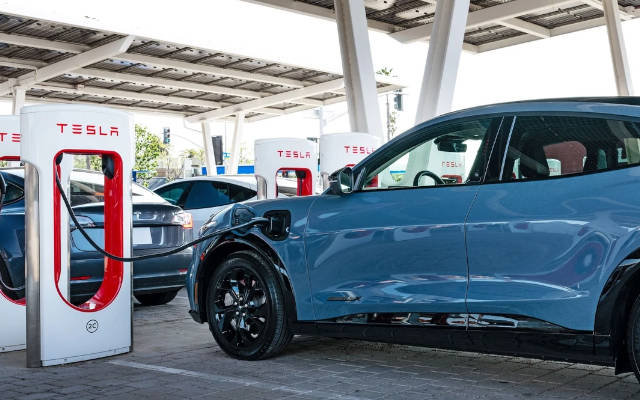 A University of Michigan cradle-to-grave study confirms EVs have lower lifetime greenhouse gas emissions than ICE vehicles, hybrids, and PHEVs. This holds true in every county in the contiguous U.S. Though EV manufacturing creates more emissions, this is offset by their efficiency during operation. For example, a loaded electric pickup emits 30% less than an empty gasoline one.
A University of Michigan cradle-to-grave study confirms EVs have lower lifetime greenhouse gas emissions than ICE vehicles, hybrids, and PHEVs. This holds true in every county in the contiguous U.S. Though EV manufacturing creates more emissions, this is offset by their efficiency during operation. For example, a loaded electric pickup emits 30% less than an empty gasoline one.Ozarks Shootout 2025: Speed, Safety, and the Rise Recreational Electric Marine Propulsion
26 Aug 2025 | Synopsis
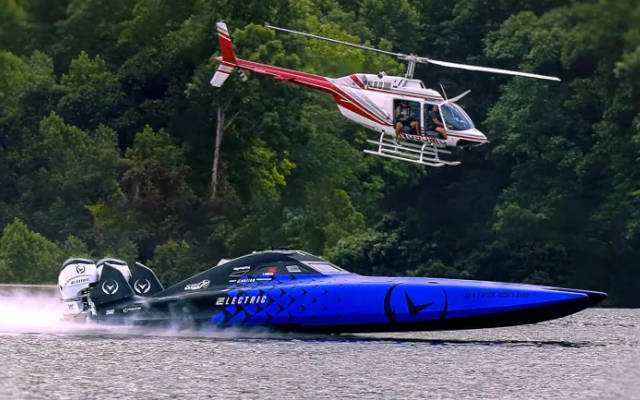 The 2025 Lake of the Ozarks Shootout drew over 100,000 spectators and crowned Darana Hybrid's 242 mph turbine catamaran as Top Gun. While electric boats weren't in the top tier, Vision Marine's 180 hp motor remains the fastest electric entry on record. Public concerns about shock risk are unfounded—marine-rated systems use GFCIs, ELCIs, and sealed connectors to ensure safe charging and operation. Electric propulsion is gaining ground, but infrastructure and perception still lag.
The 2025 Lake of the Ozarks Shootout drew over 100,000 spectators and crowned Darana Hybrid's 242 mph turbine catamaran as Top Gun. While electric boats weren't in the top tier, Vision Marine's 180 hp motor remains the fastest electric entry on record. Public concerns about shock risk are unfounded—marine-rated systems use GFCIs, ELCIs, and sealed connectors to ensure safe charging and operation. Electric propulsion is gaining ground, but infrastructure and perception still lag.
 Si Exclusive
Si Exclusive
Hydrogen's Flight Path: Fuel Cells, Turbines, and the Economics of Clean Aviation
10 Oct 2025 |  Aviation is shifting from Jet A to four fuel systems: electricity, hydrogen (fuel cell and combustion), SAF, and petroleum. Fuel cells suit short-haul aircraft; hydrogen combustion may power long-range jets. SAF bridges legacy fleets. Hydrogen costs - $5-$7/kg today, possibly $2/kg by 2040 - impact ticket prices and infrastructure decisions. Airport authorities, airlines, and governments will share deployment costs. Each fuel has distinct environmental pros and cons shaping aviation's net-zero future.
Aviation is shifting from Jet A to four fuel systems: electricity, hydrogen (fuel cell and combustion), SAF, and petroleum. Fuel cells suit short-haul aircraft; hydrogen combustion may power long-range jets. SAF bridges legacy fleets. Hydrogen costs - $5-$7/kg today, possibly $2/kg by 2040 - impact ticket prices and infrastructure decisions. Airport authorities, airlines, and governments will share deployment costs. Each fuel has distinct environmental pros and cons shaping aviation's net-zero future.
 11 Oct 2025 03:42:46 UTC |
RECENT PODCASTS
BYD Soars - Cheaper Tesla Models - The Bolt is Back - Rivian
SEARCH RSSTREAM
 47 New Postings In Past 24 Hours
47 New Postings In Past 24 Hours
Category:energy
Region:Global
Date:10 Oct 2025
Category:mobility
Region:SoAmerica
Date:10 Oct 2025
Category:energy
Region:NoAmerica
Date:10 Oct 2025
Category:mobility
Region:NoAmerica
Date:10 Oct 2025
Category:finance
Region:AsiaPacific
Date:10 Oct 2025
Category:policy
Region:NoAmerica
Date:10 Oct 2025
Category:finance
Region:NoAmerica
Date:10 Oct 2025
Category:mobility
Region:AsiaPacific
Date:10 Oct 2025
Category:policy
Region:NoAmerica
Date:10 Oct 2025
Category:mobility
Region:NoAmerica
Date:10 Oct 2025